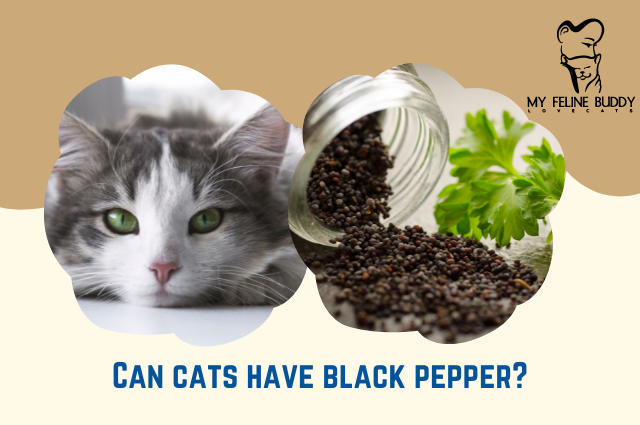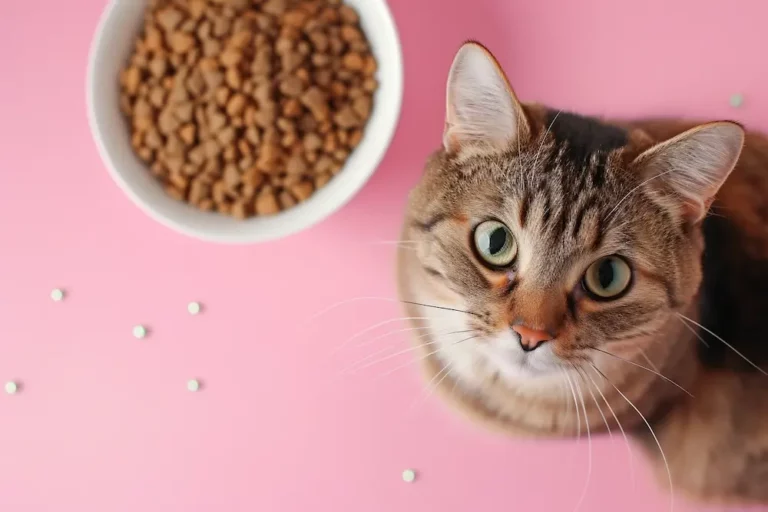Do THIS If Your Cat Has Watery Eyes
If your
Ignoring these signs isn’t an option, as they could point to allergies, infections, or even more serious conditions.
Start by gently cleaning your
Consulting a veterinarian is vital, but what specific treatments might they recommend, and how can you prevent this from happening again?
Let’s explore the necessary actions to safeguard your
Identify the Symptoms
One of the first signs that your
You might notice wet streaks around their eyes, or even damp spots on their face where the tears have traveled.
Sometimes, the fur around the eyes gets matted or discolored due to the constant moisture. Pay close attention to their eyes, as they could appear more glossy or shiny than usual.
Beyond the tears, look for redness or swelling around the eyes.
Your
This can indicate that something is irritating their eye. Additionally, observe if they’re pawing at their face more often than usual, which is a sign they’re trying to relieve discomfort.
Eye discharge is another symptom to watch for.
While clear discharge is usually just tears, any cloudiness or color—like yellow or green—can signal an infection. If you notice any of these symptoms, it’s important to monitor your
Identifying these signs early on can help you address the issue more effectively, making sure your furry companion remains comfortable and healthy.
Assess Possible Causes
When dealing with watery eyes in cats, it’s important to evaluate the potential causes to ensure appropriate treatment. Start by observing your
Allergens like dust, pollen, or mold can irritate their eyes.
Check for new cleaning products or air fresheners that might be causing a reaction. If your
Next, inspect your
Look for signs of redness, swelling, or discharge, which could indicate an infection.
Conjunctivitis, or pink eye, is a common culprit and might require veterinary attention.
Also, monitor for any foreign objects like dirt or small particles that could be causing irritation. Sometimes, a gentle rinse with saline solution can help, but be cautious and gentle.
Another possible cause is anatomical issues.
Some breeds, like Persians, are more prone to tear duct problems due to their facial structure.
Additionally, upper respiratory infections can lead to watery eyes, especially if accompanied by sneezing or nasal discharge. If your
Administer Appropriate Treatment
After identifying the potential causes of your
Follow the vet’s instructions carefully, making sure to administer the medication at the recommended frequency and duration.
For allergies, your vet might suggest antihistamines or diet changes to eliminate allergens. Keeping your
If a foreign object is causing irritation, gently flushing your
However, if the object is deeply embedded, seek veterinary assistance to avoid further damage.
For tear duct issues, your vet may recommend a surgical procedure to clear blockages, ensuring your
For more chronic conditions like glaucoma or conjunctivitis, ongoing treatment and regular vet check-ups will be necessary. Eye drops to reduce pressure or inflammation may become part of your
Always monitor your
Your prompt action can make a significant difference in your
Prevent Future Issues
Important care and a proactive approach can help prevent future issues with your
Use a separate cloth for each eye to avoid spreading potential infections.
Regularly check your
Make sure your
If your
A balanced diet is important for your
Ensure they receive the necessary nutrients, such as vitamins A and E, which are essential for maintaining healthy eyes.
Consider incorporating foods rich in these vitamins or consult your vet for appropriate supplements.
Lastly, regular vet check-ups are essential. Your vet can identify potential eye issues early and provide the necessary treatment, preventing minor problems from becoming serious.
Conclusion
By identifying the symptoms, evaluating possible causes, and administering the right treatment, you can help your
Don’t delay in seeking veterinary advice, as timely intervention can prevent complications.
Regularly clean your
With attentive care, you can make sure your






